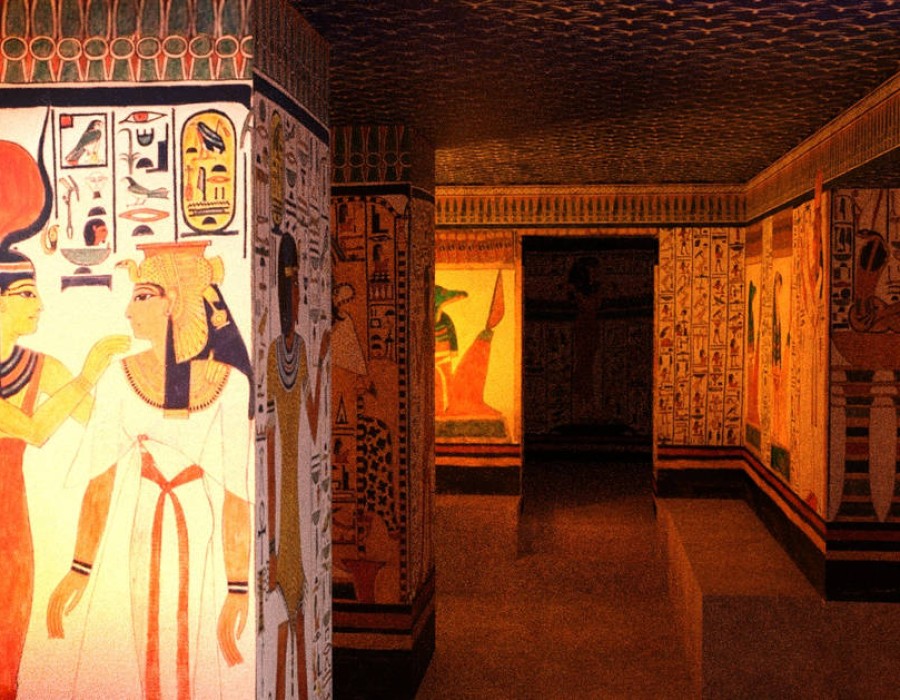Queen Nefertari: The Legendary Beauty and Power Behind Ancient Egypt
Queen Nefertari lived in the Nineteenth Dynasty (ca. 1295-1255 BC), and her full name was Nefertari-Merytemut, meaning “the beautiful companion, beloved of Mut.” She was the beloved great royal wife of Ramesses II, one of Egypt’s most famous queens, alongside Cleopatra, Nefertiti, and Hatshepsut. Her tomb, QV66, is the largest, most magnificent and ornate in the Valley of the Queens. Ramses II also built a temple for her in Abu Simbel next to his huge monument. He even made the statues on its façade the same size as his own.
She gave birth to four sons (Amun-hir-khepeshef, Mery-Ra, Pa-Ra-wenem-ef, and Mery-Atum) and four daughters (Baketmut, queen Nefertari, Merytamun and Henuttaui). Within the line of succession, queen Nefertari sons were always favored over other sons of JRW Isisnofret’s. But in the end, the crown went to Merneptah, the son of Queen Isisnofret.
Queen Nefertari, as the inscriptions attest, attended the opening ceremony of the Abu Simbel temples in the 24th year of the reign of Ramesses II. After that event, it disappeared, and was 40 to 50 years old, as reconstructed from historical records.
The tombs of Ramesside queens represent, for the first time, a separate “royal” counterpart that is parallel to the tombs of kings in terms of form and function. The cosmological depiction of the Ramesside royal women’s tombs was highly complex, with each, like contemporary tombs of kings, serving as a microcosmic representation of the deceased’s personal underworld and evoking the deceased’s processes of reimagining, renewal, and rebirth. He imagined that she would have an experience in the afterlife.
Furthermore, the improvements made to the tombs of royal women at Ramesside were part of the overall Ramesside expansion of all royal tombs. This phenomenon was driven by a complex set of ideological, historical, and religious circumstances specific to the Ramesside period, but has roots in the late Eighteenth Dynasty: the mythologizing and elevation of the royal role, and the restoration of the title of “God’s Wife” to the throne.
The Ramesside dynasty’s need to establish its own political legitimacy in the wake of the post-Amarna succession crisis, and the Ramessides’ complex response to the religious and ideological changes brought about by Akhenaten during the Amarna period.





Comments